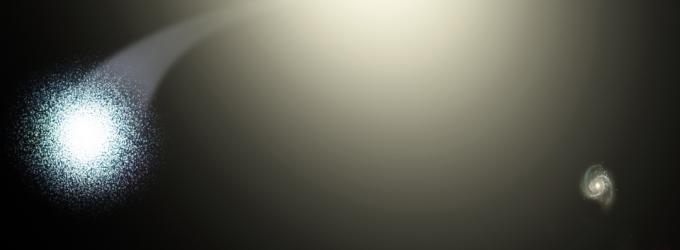ASTR 155: Topics in Modern Astronomy and Astrophysics, Fall 2014

Time: Tuesday, Thursday, 1:00-2:15pm
Location: SCI 242
Supplemental URL:http://info.sjsu.edu/web-dbgen/catalog/courses/ASTR155.html
Description
This is a course on selected topics in astronomy and astrophysics, following (but independent from) the ASTR 117A−B sequence which covers the fundamentals in the field. The course is repeatable for a total of 9 units, may be used as an upper-division physics elective for the physics B.A. and B.S., and is a required course for the astronomy minor. Prerequisites include the calculus-based introductory physics sequence.
This semester, the focus of the course will be on research methods, with training in the essential strategies and tools for developing, implementing, and communicating original research projects, with a tentative goal of producing one or more publications in a peer-reviewed journal. This research emphasis will be in the context of observational astronomy at optical wavelengths, using public online databases, while connecting both to current astrophysical topics of interest, and to fundamental physical principles. Specific topics may include compact stellar systems, supermassive black holes, dark matter, and/or exoplanets.
Course Goals and Learning Outcomes
The goals of this course are (1) to learn about current topics of interest in astronomy and astrophysics; (2) to connect fresh results in astronomy with fundamental principles of physics; (3) to gain an understanding of observational methods and data in optical astronomy; (4) to learn and practice the essential steps in astronomical inquiry, including identifying interesting topics, formulating specific research questions, designing strategies to acquire evidence about the questions, carrying out experiments and analyses, and synthesizing and defining conclusions based on the results obtained; and (5) to gain experience with practical skills used in the professional astronomy community, such as collaboration, communication (reading, writing, and oral presentations), literature searches, data mining, statistics, and computing applications.
Upon successful completion of this course, students will be able to:
- understand the observational and physical underpinnings of new results in astronomy and astrophysics
- investigate a topic in the astronomical literature
- formulate and explore a research question
- write an astronomy-based report in a professional electronic format
Syllabus available here.